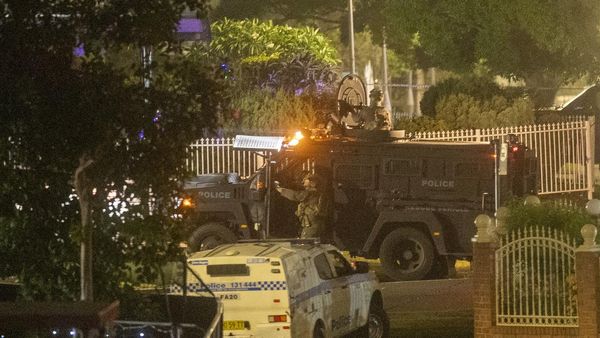As India prepares for polling this month and the next, the India Meteorological Department (IMD) on April 1 warned of “above normal” heatwave conditions during these months over most of India. Advisories have been issued to the Election Commission of India (ECI) as well as States to take adequate precautions.
Gujarat, Maharashtra, Andhra Pradesh, north Karnataka, Odisha, and western Madhya Pradesh, which on average see one to three heatwave days during April and May, are likely to experience two to eight heatwave days, the advisory from the IMD said. Heatwave days occur when day temperatures in a place are at least 4.5 degrees Centigrade above normal, or greater than 45 degrees Centigrade, on two consecutive days.
Also read | As India’s summer begins, understanding the heat and health conundrum
While these States are particularly vulnerable, above normal temperatures are likely over all of the country barring Kerala, Jammu and Kashmir, Himachal Pradesh, Uttarakhand, and most of the northdeastern States.
Union Minister for Earth Sciences Kiren Rijiju said that advisories had been issued to the ECI and the States to “take precautions” and equip polling booths with oral rehydration salts for booth officials or voters who may experience a heat stroke.
“Electors are advised to carry wet towels to protect themselves from dehydration and women electors are advised to avoid bringing small children to booths during hot weather conditions,” an advisory issued by the ECI on March 16 stated. Give that the General Election is held in the summer months, these are routine advisories sent by the ECI to its officials.
One of the reasons for the expected hotter than usual summers is the continuing effect of the El Nino, M. Mohapatra, Director-General, IMD said. Associated with the heating of the surface waters of the Central Pacific, the El Nino is linked to drying up rains in India, and usually lasts for two-three years. Currently, an El Nino cycle is ending, and it is expected to turnaround to a converse La Nina cycle after August.
Later this month, the IMD is expected to provide a preliminary forecast on the performance of the summer monsoon, which spans June-September.







